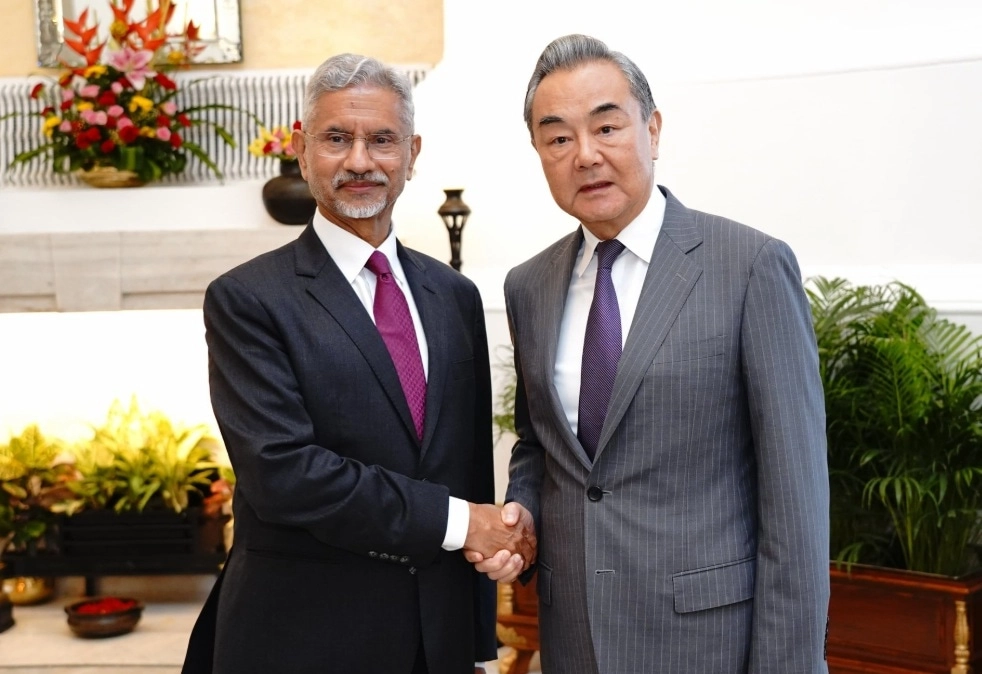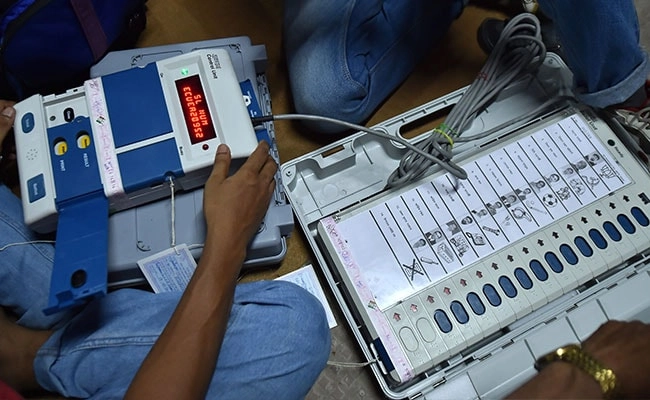The recent thaw in relations between India and China has sparked optimism among observers and policymakers alike. Historically, the two nations have shared a complex and often contentious relationship, characterized by border disputes, geopolitical rivalries, and contrasting ideologies. However, recent diplomatic overtures suggest a potential shift toward more constructive engagement. While this development is encouraging, it is essential for both countries to approach this newfound goodwill with caution and a clear understanding of each other’s perspectives and historical grievances.
A careful examination of the underlying issues reveals that the path to sustainable peace and cooperation is fraught with challenges. The border disputes, particularly in regions like Ladakh and Arunachal Pradesh, remain unresolved and continue to be a significant source of tension. Furthermore, competition for influence in the Indo-Pacific region and differing stances on global issues such as climate change and trade policies also complicate the relationship. Therefore, while dialogue is essential, it is equally important for both sides to address these underlying tensions to avoid falling back into a cycle of mistrust.
To ensure that this thaw translates into meaningful progress, both India and China must prioritize transparency and communication. Building trust will require not just high-level diplomatic talks, but also grassroots engagement that fosters mutual understanding among their respective populations. Increased cultural exchanges, economic collaboration, and people-to-people initiatives could lay a foundation for a more stable relationship. Additionally, both nations will benefit from engaging with regional partners and multilateral forums to address common challenges, thus creating a broader framework for cooperation that transcends bilateral concerns.
In conclusion, while the thaw in India-China relations is a positive development, it is imperative for both nations to proceed with their eyes wide open. Acknowledging historical grievances, fostering open communication, and working collaboratively on shared challenges will be crucial in transforming this thaw into a lasting peace. The international community should also play a supportive role in this process, encouraging dialogue and cooperation while remaining mindful of the broader implications for regional stability. Only through a thoughtful and deliberate approach can India and China navigate their complex relationship and contribute to a more peaceful and prosperous future for both nations and the region as a whole.




